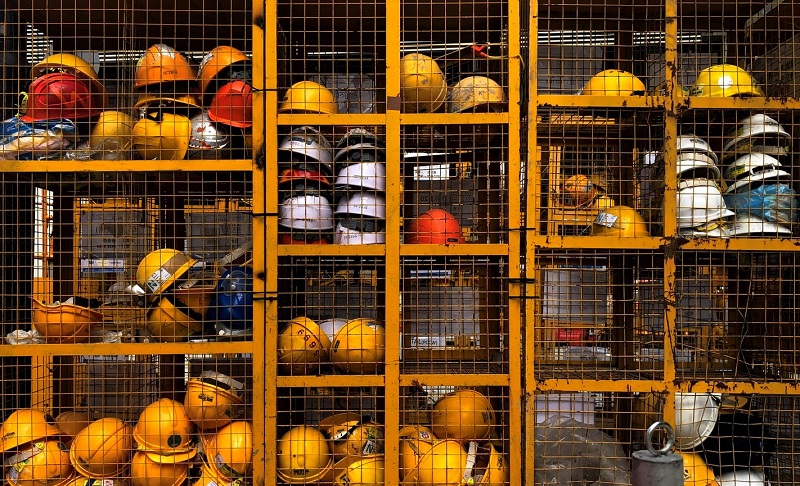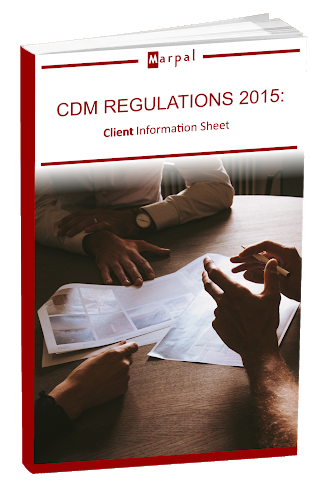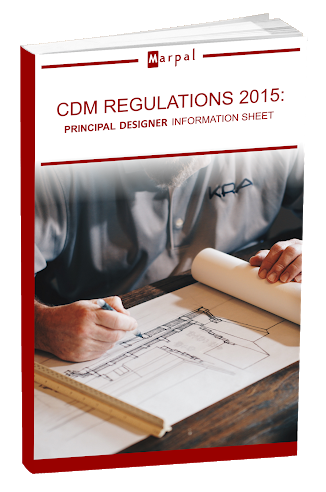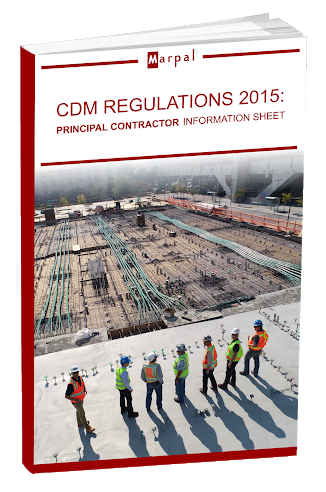
As a designer, under the CDM Regulations you must critically assess your design proposals at the start and throughout the design process.
A good designers risk assessment should identify the hazards and evaluate the risks that may arise from the design. Dependent upon the hazard and level of risk, designers are encouraged firstly to eliminate risk by designing it out – and should this be impractical, identifying control measures to minimise the risk. Remaining risk must be highlighted and passed on, so that they can be taken into consideration by those who are planning, preparing and managing work. While doing this, designers must take into account the Pre-Construction Information and also the Principles of Prevention and Protection:
1. Avoid risks
2. Evaluate risks that cannot be avoided
3. Combat any identifiable risks at source
4. Reasonably adapt work to the individual
5. Adapt to technical progress
6. Where possible, replace the dangerous with less or non-dangerous
7. Develop a coherent overall prevention policy
8. Prioritise collective protective measures over individual protective measures
9. Give appropriate instructions to employees
While the CDM Regulations do not formally require a risk assessment to be undergone, Regulation 3 within the Management of Health & Safety at Work Regulations does specify a necessity for carrying out a risk assessment.
An Example Of A Good Designer’s Risk Assessment
When assessing your designs, you must consider the hazards and associated risks of those who build, maintain, clean or demolish a structure.
Once the risks have been considered, the level of detail within the information provided to those that need it should be in proportion to the remaining risks. Insignificant risks can be discounted, as can those that arise from normal construction activities, unless the design worsens or significantly alters these risks.
Designers are encouraged to identify the significant hazards only, i.e. those that are:
i) Not likely to be obvious to a competent contractor / other designer
ii) Unusual
iii) Likely to be difficult to manage effectively
It’s important to complete and review your designer’s risk assessments to the best of your ability. Also, if anything does go wrong, it’s important to be able to demonstrate that you did undergo a risk assessment and did your best to prevent any foreseeable risks and dangers.
Should you require assistance with developing a suitable and sufficient designer’s risk assessment procedure or advice on your designer’s duties under the CDM regulations, then Marpal can help! Be compliant and contact us on 01332 668877.





